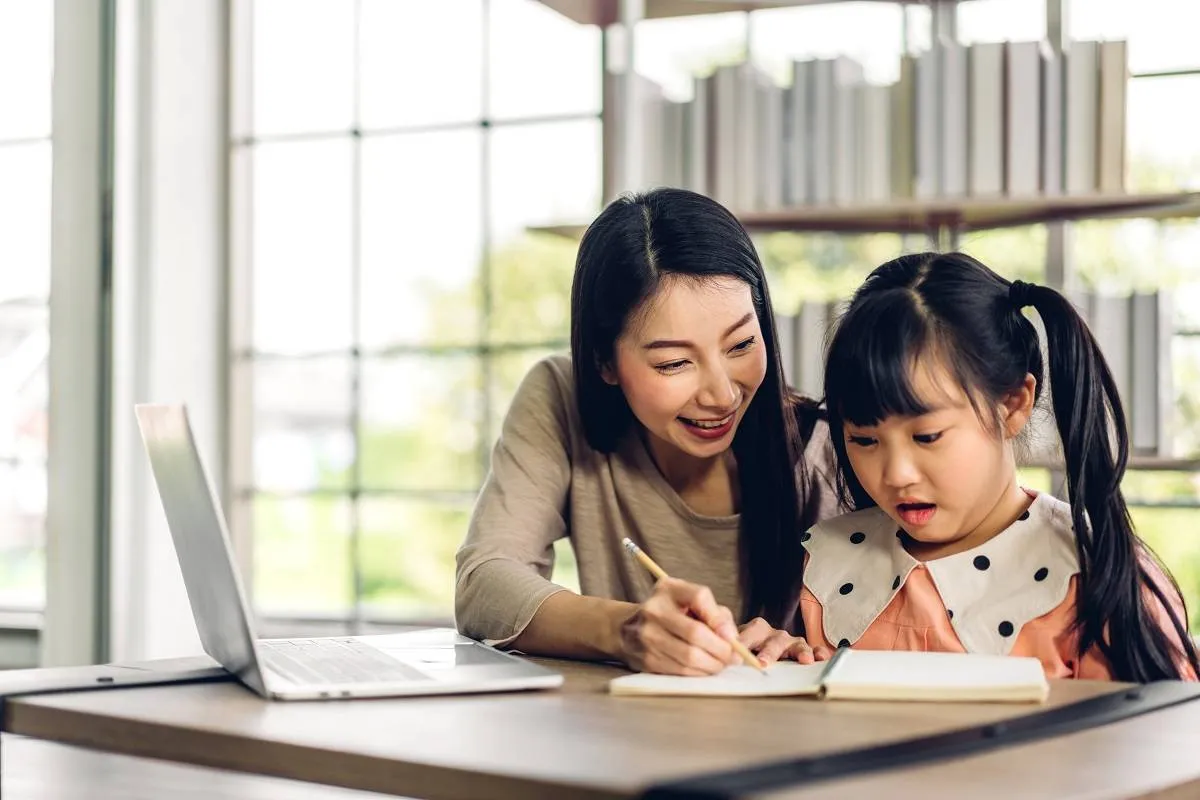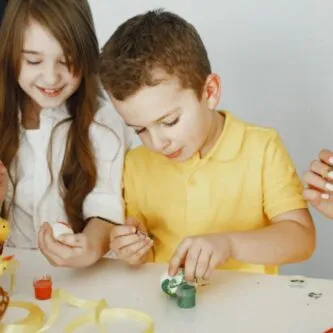
Children learn in different ways but if you want to find the most effective technique, it’s important that you know how to identify your child’s learning style. Each child possesses different capacities for learning. For example, your child may learn better through hands-on activities. This may not be true for another child who’s better at absorbing information by looking at pictures and understanding them.
In many ways, the learning style of your child can determine their strengths and weaknesses. While it’s important to focus on what your child is good at, you should also make an effort in building up on their weaknesses. Continue reading to learn more.
Visual
As the name suggests, visual learners are those who use their sense of sight to process information. They see patterns in areas where other children may not. For example, a visual learner can remember better when they’re presented with images, graphics, charts, tables, and the like.
Usually, a visual learner is also an artistic one. If your child enjoys doing creative activities like painting or drawing, there’s a good chance that they lean towards this type of learning style.
For parents, they can hone their children’s visual learning by doing memory games or other activities that challenge the mind. It’s also advisable that parents are able to provide resources like age-appropriate picture books, informative videos, or even simple art materials.
Kinesthetic
Kinesthetic learners are physically active because of their ability to digest and understand information through their actions. Unlike visual learners, kinesthetic children need to be taught how to do a particular thing, instead of just being shown a picture that outlines the process.
Let’s say your child is trying to learn a new skill, like playing the piano. A kinesthetic learner would learn faster if they’re given a chance to practice a piece after having it demonstrated to them. It’s not enough that they can read all the notes — it is necessary for them to do it for themselves.
In their classes, kinesthetic children are usually those who excel in physical education classes or other activities that involve movement. Try to help your child find a balance between this and their academics to help them become more well-rounded.
Auditory
In a single class, there could be a breadth of information that children are expected to process. For many children, this can be a difficult thing to do, but for auditory learners, this is the best way to hone their memory skills.
Auditory learners don’t have any trouble when it comes to paying attention to class. They can easily keep any important piece of information that they hear, and use it when the time comes — i.e. when taking an exam or reciting a poem in class.
Parents can encourage auditory learning in their children by reading stories to them out loud or helping them study with music. This helps them remember things better, especially if they associate information with sound, for example.
Logical
Logical learners work similarly to visual learners in that they can identify certain causes and effects in the environment around them. They understand better once they know the reasons — or the logic — behind why a particular thing works.
Children who may gravitate towards this learning style enjoy solving puzzles and making logical decisions in a particular situation. They’re organized when they study because of the straightforwardness that allows them to establish connections between point A and point B.
If you want your child to continually sharpen their logical thinking, give them opportunities where they can find solutions to problems by investigation, analysis, and assessment.
Key Takeaway
Understanding how to identify your child’s learning style may be one of your priorities if you want your child to become successful, academically. Generally, you’ll encounter four different types: visual, kinesthetic, auditory, and logical.
As mentioned before, each of these learning styles focuses on one aspect, which may result in other skills set and knowledge going unnoticed or un-improved. Keeping this in mind, you should pay close attention to your child’s behavior. Are they more adept at listening? How about doing physical activities?
Once you have an image of this, then you can now begin focusing on helping your child become better in other fields.






-logo.png)



